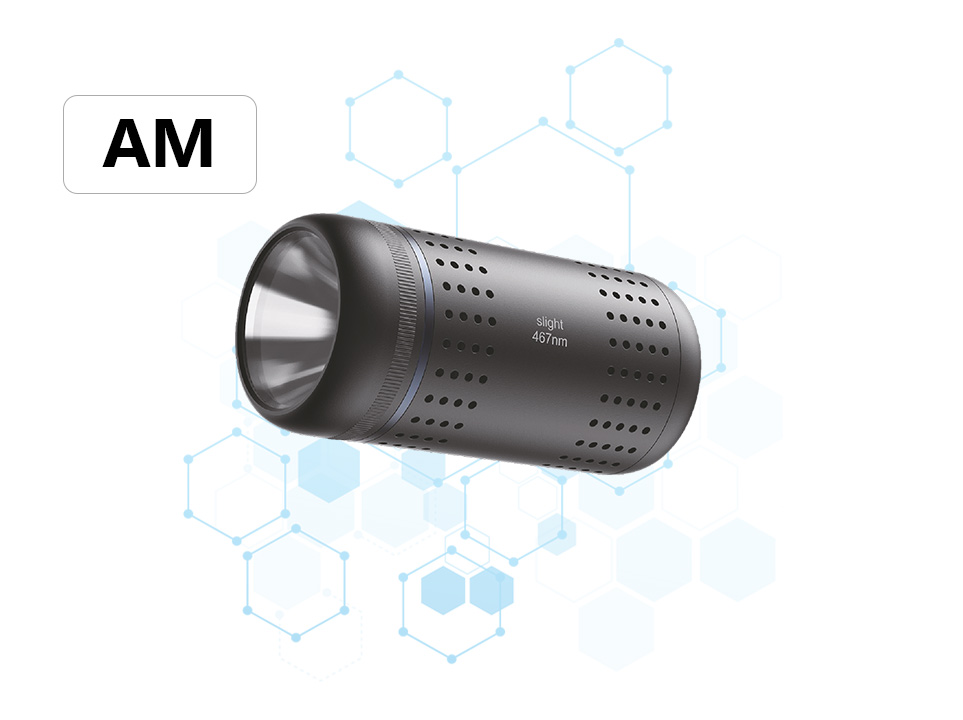The Working Principle and Applied Advantages of Plate-type Microchannel Photoreactors
The plate-type microchannel photoreactor integrating microchannel technology with photocatalysis to achieve efficient and controllable photoreactions. This innovative device offers a platform for various chemical processes, characterized by its unique design and operational mechanisms.
Working Principle
The working principle of the plate-type microchannel photoreactor is primarily based on the combination of microchannel technology and photocatalytic action. The reactor employs a meticulously crafted microchannel structure, enabling reactants to flow in laminar state within micrometer-sized channels. These tiny channels significantly increase the surface area-to-volume ratio of the reactants, facilitating rapid mixing and heat transfer, thus enabling highly efficient chemical reactions.
Moreover, the photoreactor utilizes light of specific wavelengths to induce or accelerate chemical reactions. Light energy, upon absorption by the reactants, is converted into chemical energy, triggering or promoting the progression of the reaction. By precisely controlling parameters such as light intensity, reaction time, and temperature, the reactor ensures stability and consistency throughout the process, enhancing product purity and yield.
Applied Advantages
Efficient Heat Exchange: The high surface area-to-volume ratio of microchannels allows for extremely efficient heat exchange. In photoreactions, particularly those involving rapid reaction rates and high heat release, efficient heat removal prevents localized overheating, which can lead to side reactions such as polymer crosslinking or decomposition. This ensures improved polymer quality and performance.
Precise Reaction Control: The reactor offers precise control over reaction conditions. By adjusting the fluid flow rate within the microchannels, the residence time of reactants in the reaction zone can be accurately controlled. Additionally, the selection of appropriate light wavelengths and intensities, combined with optimized microchannel and light source configurations, further enhances the controllability of photoreactions.
Enhanced Safety: Due to the small volume of microchannels and the limited amount of reactants present in the system, the potential safety risks are significantly reduced when handling flammable, explosive, or toxic monomers. This makes the plate-type microchannel photoreactor a safer alternative compared to traditional large-scale reaction setups.
Excellent Mass Transfer Efficiency: In microchannels, the short diffusion distance of reactants and the rapid molecular diffusion rate, coupled with laminar flow, promote rapid renewal of the reactant molecule contact interface. This results in a mass transfer coefficient several times to dozens of times higher than that of traditional equipment, significantly shortening reaction times and enhancing production capacity.
Versatile Applications: The plate-type microchannel photoreactor finds applications in a wide range of fields. For instance, in the preparation of functional polymers like photoresists for the microelectronics industry, the reactor can precisely control the polymerization process, yielding photoresist materials with high resolution, excellent adhesion, and chemical stability.
In conclusion, the plate-type microchannel photoreactor, through its unique microchannel design, photocatalytic action, precise control mechanisms, and modular construction, demonstrates remarkable advantages in terms of efficiency, controllability, and safety.





